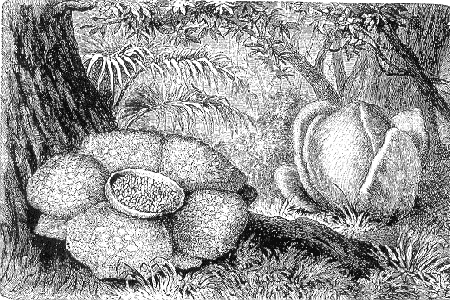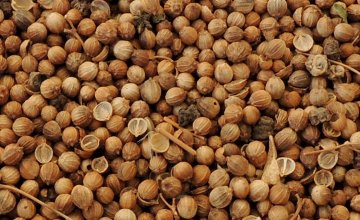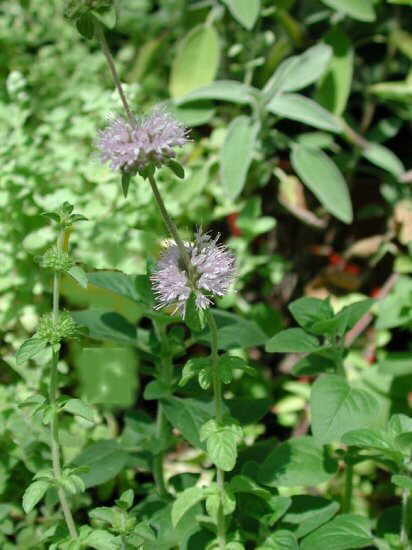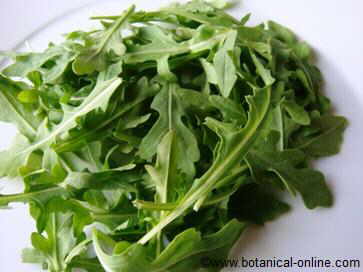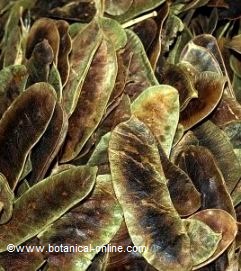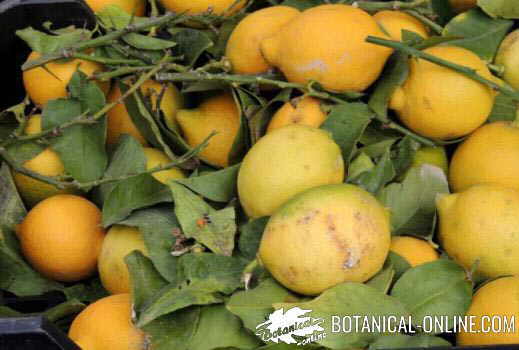Contents
MARJORAM, AN AROMATIC PLANT
Marjoram, a Mediterranean spice
Marjoram (Origanum marjorana) is a plant related to other aromatic plants such as thyme or sage.
Marjoram is often confused with oregano (Origanum vulgare). Both plants share similar characteristics and even in some countries are considered the same species. However, they belong to different species of Origanum, and are differentiated by flowers, which are more numerous and rosy in oregano.
The leaves and flowers of the marjoram give off a delicate and penetrating aroma. When chewed, this plant has a slightly sweet taste and leaves a somewhat spicy aftertaste.
Culinary uses of marjoram
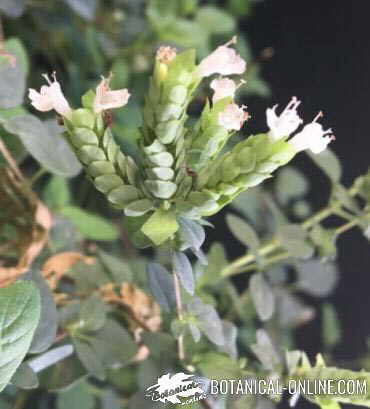
Photo of marjoram
- Leaves and flowers are used, fresh or dried.
- This delicate spice is widely used in Mediterranean cuisine, especially in gastronomy in Italy and Greece.
- In these countries, marjoram is a very common spice for seasoning pasta dishes, soups, vegetable salads, pizzas or legumes.
- Oil can be perfumed with this plant, letting the fresh plant macerate in the fatty liquid for a few months. See recipe of Marjoram herbal oil
* More information: see recipes with marjoram in the top listing.
History of Marjoram
Marjoram is native to the Middle East and the Mediterranean region. Romans, Greeks, and Egyptians knew it.
- Greek mythology tells that marjoram was the plant preferred by Aphrodite, goddess of love, and used it in her potions of falling in love.
- For the Greeks, the marjoram was a symbol of happiness, and perhaps for Aphrodite, they traditionally offered a bouquet of marjoram at wedding ceremonies.
- This tradition was perpetuated until the Middle Ages, when wedding garlands were made with marjoram for future wives.
- The Egyptians put this plant in their houses to perfume and disinfect the environment.
![]() More information on marjoram.
More information on marjoram.

